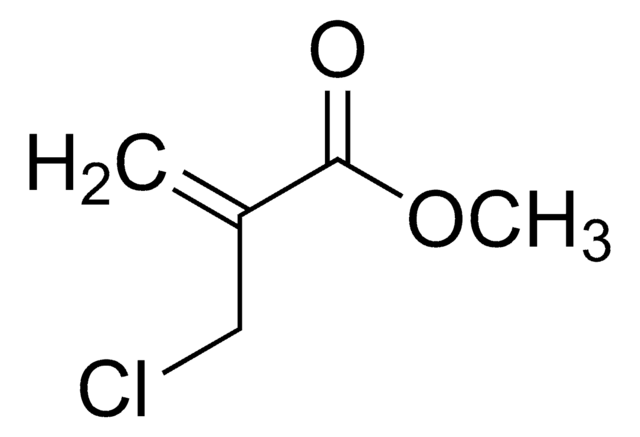MSSAFE
Protease and Phosphatase Inhibitor Cocktail
MS-SAFE, powder, Protease inhibitors: serine, cysteine and aspartic proteases and metalloproteases. Phosphatase inhibitors: tyrosine, serine/threonine, acid and alkaline phosphatases.
Synonym(s):
Mass Spectrometry Safe Protease and Phosphatase Inhibitor Cocktail
About This Item
Recommended Products
product name
MS-SAFE Protease and Phosphatase Inhibitor,
description
for use with mammalian cell and tissue extract, lyophilized powder
form
powder
solubility
water: 0.1 g/mL, clear, colorless
storage temp.
2-8°C
General description
- Serine, cysteine and aspartic proteases, and metalloproteases
- Tyrosine, serine/threonine, acid and alkaline phosphatases
Specificity
Phosphatase inhibitors: tyrosine, serine/threonine, acid and alkaline phosphatases
Application
Features and Benefits
Compatible with downstream sample processing such as His-tagged protein purification and phosphopeptide enrichment
Allows accurate measurement of protein activity and identification of phosphorylation sites.
Components
- Bestatin hydrochloride
- Leupeptin
- Phosphoramidon disodium salt
- Pepstatin A
- Elastatinal
- Aprotinin
- Nafamostat mesylate
- Antipain
- Okadaic acid
- Sodium fluoride
- Sodium orthovanadate
- Bromotetramisole oxalate
- β-lactose
- DL-leucine
Quantity
Physical form
Signal Word
Warning
Hazard Statements
Precautionary Statements
Hazard Classifications
Acute Tox. 4 Oral - Eye Irrit. 2 - Skin Irrit. 2
Storage Class Code
11 - Combustible Solids
WGK
WGK 3
Flash Point(F)
Not applicable
Flash Point(C)
Not applicable
Certificates of Analysis (COA)
Search for Certificates of Analysis (COA) by entering the products Lot/Batch Number. Lot and Batch Numbers can be found on a product’s label following the words ‘Lot’ or ‘Batch’.
Already Own This Product?
Find documentation for the products that you have recently purchased in the Document Library.
Customers Also Viewed
Related Content
Select different protease inhibitor types based on your needs to prevent protein degradation during isolation and characterization and safeguard proteins in sample prep.
Select different protease inhibitor types based on your needs to prevent protein degradation during isolation and characterization and safeguard proteins in sample prep.
Select different protease inhibitor types based on your needs to prevent protein degradation during isolation and characterization and safeguard proteins in sample prep.
Select different protease inhibitor types based on your needs to prevent protein degradation during isolation and characterization and safeguard proteins in sample prep.
Our team of scientists has experience in all areas of research including Life Science, Material Science, Chemical Synthesis, Chromatography, Analytical and many others.
Contact Technical Service















